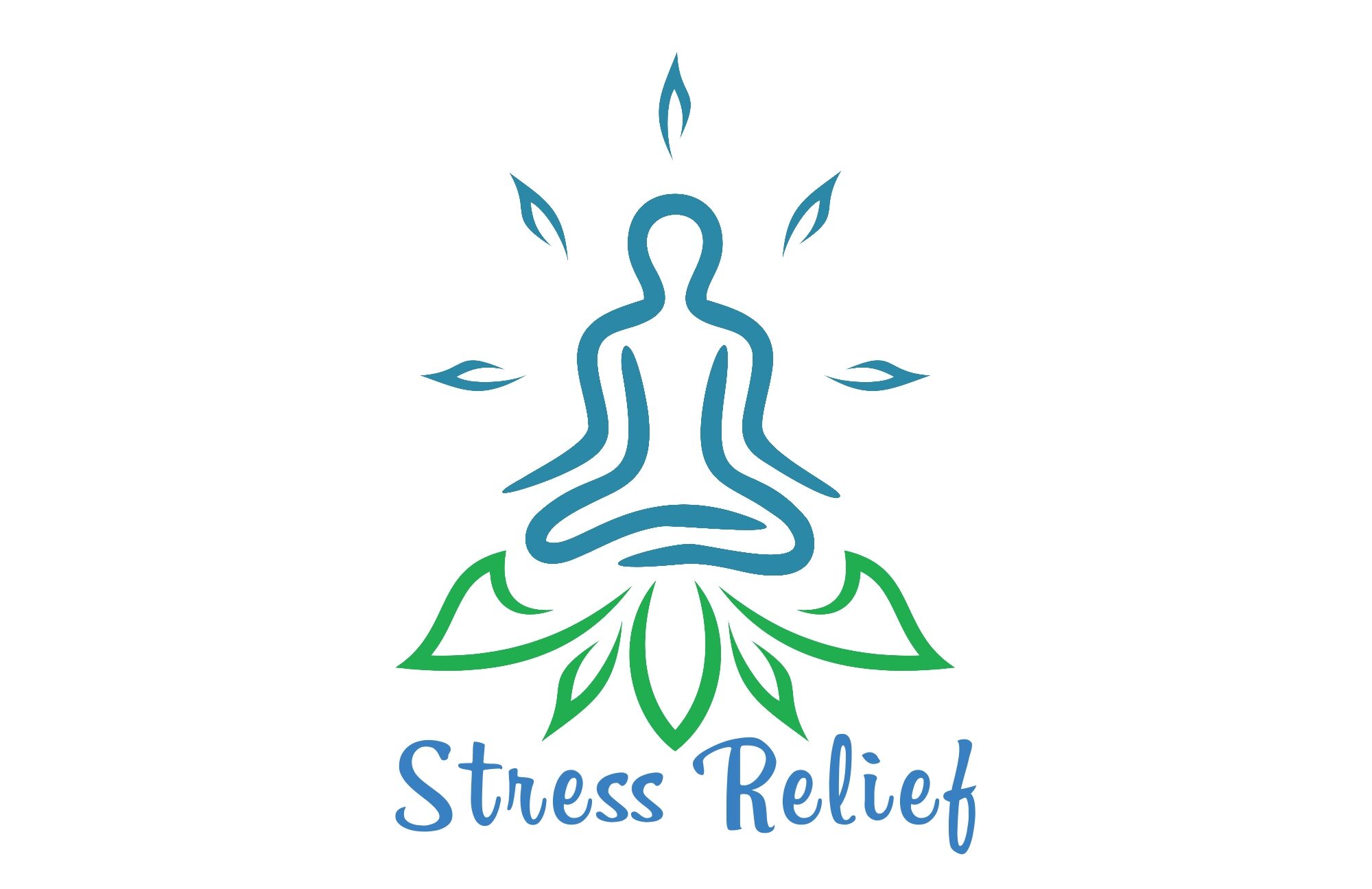Introduction
With the fast-paced nature of modern life, stress levels are on the rise, taking a toll on our bodies and minds. To combat this, many individuals turn to foam rolling, a technique that not only provides stress relief but also promotes muscle relaxation. In this article, we will delve into the world of foam rolling for stress relief, exploring its benefits, techniques, and how to incorporate it into your self-care routine.

Benefits of Foam Rolling for Stress Relief and Muscle Relaxation
Foam rolling has gained popularity as a powerful tool for stress relief and muscle relaxation due to its numerous benefits. Let’s take a closer look at some of them:
1. Releases Tension in Muscles and Connective Tissues
Foam rolling involves applying pressure to specific muscles and connective tissues using a foam roller. This pressure helps release tension built up in these areas, providing immediate relief from muscle tightness. By targeting trigger points, also known as myofascial adhesions, foam rolling helps break up knots and adhesions, allowing the muscles to decompress and relax.
2. Enhances Blood Circulation and Oxygen Flow
When foam rolling, the pressure exerted on your muscles increases blood flow to the targeted areas. This improved circulation brings fresh oxygen and nutrients to the muscles, aiding in their recovery and promoting relaxation. Plus, the increased blood flow helps remove waste products, such as lactic acid, which can accumulate in muscles and contribute to soreness and fatigue.
3. Alleviates Stress and Promotes Relaxation
Foam rolling not only impacts the physical aspects of stress relief but also addresses the mental and emotional components. By engaging in foam rolling, you can focus your attention on the present moment and connect with your body. This mindful approach helps alleviate stress and provides a moment of relaxation in your day. Incorporating deep breathing techniques while foam rolling further enhances its stress-relieving effects.
4. Improves Range of Motion and Flexibility
Regular foam rolling can lead to improved range of motion and flexibility. By loosening up tight muscles and increasing blood flow, foam rolling helps enhance joint mobility and overall flexibility. This is beneficial not only for stress relief but also for maintaining proper posture, preventing injuries, and enhancing athletic performance.
Techniques for Effective Foam Rolling
To reap the maximum benefits of foam rolling, it’s crucial to have the right technique. Below are some key tips to ensure an effective foam rolling session:

1. Start Slowly and Gradually Increase Pressure
Begin with gentle pressure on the foam roller and gradually increase as your muscles start to relax. Foam rolling should provide a deep massage sensation without causing excessive pain or discomfort.
2. Roll Slowly Over Targeted Muscles
When foam rolling, move slowly and deliberately over the targeted muscles. Pause when you find a tender or tight spot, applying sustained pressure for 30 seconds or until you feel the muscle release.
3. Focus on Major Muscle Groups
Pay attention to major muscle groups such as the calves, quadriceps, hamstrings, hip flexors, glutes, and back. These areas often accumulate tension and can greatly benefit from foam rolling.
4. Don’t Forget the Upper Body
While the lower body tends to be the focus of many foam rolling routines, remember to include your upper body. Roll over your shoulders, upper back, and chest to release tension from sitting or hunching over a desk for extended periods.
Incorporating Foam Rolling into Your Self-Care Routine
To make the most of foam rolling for stress relief and muscle relaxation, consider the following tips for incorporating it into your self-care routine:

1. Regularity is Key
Consistency is key when it comes to foam rolling. Aim for at least three foam rolling sessions per week to experience the maximum benefits. Find a time of day that works best for you and make it a part of your routine.
2. Combine Foam Rolling with Stretching
Foam rolling can be an excellent precursor to stretching exercises. After foam rolling, follow up with static or dynamic stretches to further enhance muscle relaxation and promote flexibility.
3. Customize Your Routine
Experiment with different foam rolling techniques and vary the duration and intensity of your sessions. This will allow you to find what works best for your body and address specific areas of tension or stress.
4. Seek Professional Guidance
If you’re new to foam rolling or have specific concerns, seeking guidance from a qualified fitness professional or physical therapist can help ensure you’re using the correct techniques and targeting areas in need of attention.
Conclusion
Incorporating foam rolling into your self-care routine can be a game-changer for stress relief and muscle relaxation. By dedicating regular time to this practice, you can release tension, improve blood circulation, alleviate stress, and enhance your overall well-being. Remember to start slowly, focus on major muscle groups, and customize your routine to your needs. So why not grab a foam roller and embark on a journey of self-care and relaxation today?




